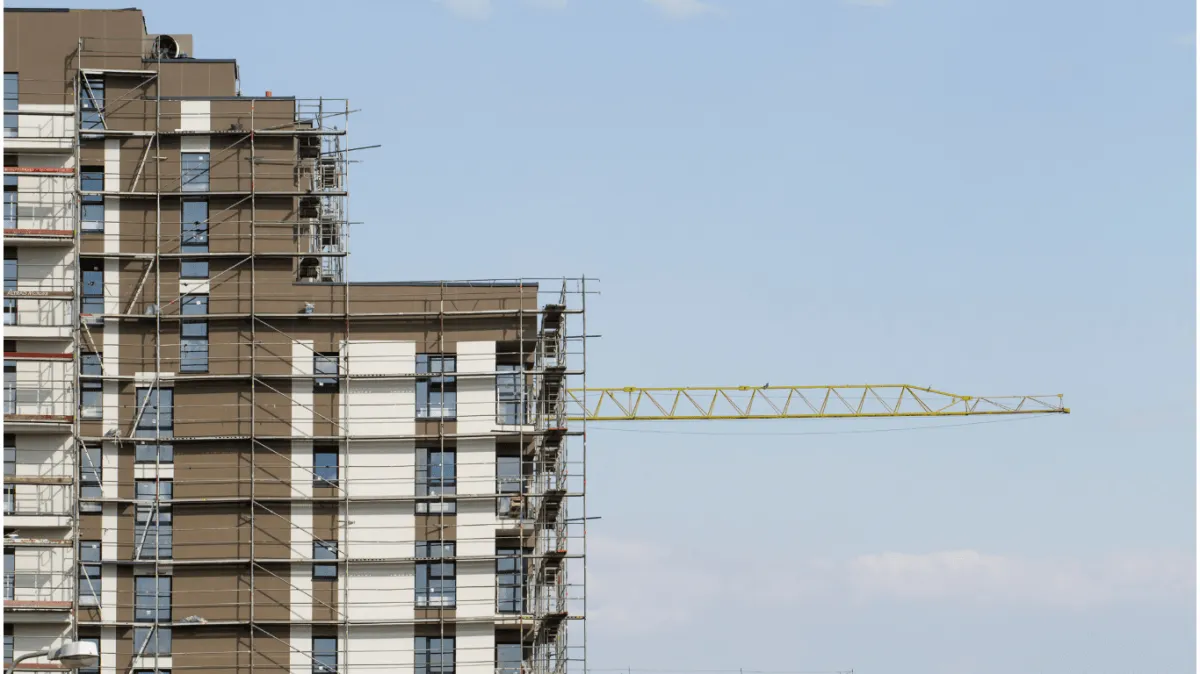
Transforming the Past into the Future: The Magic of Adaptive Reuse
In the ever-evolving world of real estate, there's a concept that's been gaining traction and making waves: adaptive reuse. It's a term that embodies creativity, sustainability, and the art of breathing new life into old structures. Today, we want to introduce you to the captivating world of adaptive reuse, explaining why it's not just a trend but a transformational force in real estate.
What is Adaptive Reuse?
At its core, adaptive reuse is a concept that revolves around repurposing existing buildings, often those with a rich history, to serve a fresh and modern purpose. Think of it as a way to give old, underutilized structures a new lease on life. Instead of tearing down these buildings, developers opt for a more creative and sustainable approach.
The Transformation Begins
To illustrate adaptive reuse, let's embark on a mental journey. Imagine an old industrial warehouse, once bustling with the sounds of machinery and the energy of manufacturing. As time passed, the factory closed its doors, and the once-thriving building became a mere relic, fading into the background—an eyesore in the evolving cityscape.
Now, with adaptive reuse, the story takes a different turn. Rather than bulldozing the entire structure and erasing its history, developers step in with a vision. They see the potential for transformation. That old industrial warehouse becomes a canvas for something entirely unexpected—a trendy loft apartment complex, an innovative office space, an inspiring art gallery, or a vibrant retail hub.
The Magic of Adaptive Reuse
Here's why adaptive reuse is not just gaining popularity but becoming a driving force in real estate:
Preserving History: Adaptive reuse allows us to cherish the historical and architectural value of older buildings. It maintains a connection to the past, preserving the unique character and heritage of our cities in a rapidly changing urban landscape.
Sustainability: In an era where sustainability is paramount, adaptive reuse shines. It's an eco-conscious practice that reimagines existing structures, reducing the need for new construction and minimizing waste.
Cost-Efficiency: From a financial standpoint, renovating an existing building often proves to be more cost-effective than starting from scratch. This cost-efficiency appeals to developers and investors alike.
Community Revitalization: Adaptive reuse projects are catalysts for community renewal. They attract businesses, residents, and visitors, reinvigorating neighborhoods and breathing fresh energy into local economies.
In essence, adaptive reuse is about giving old buildings a fresh purpose, revitalizing their potential, and contributing to sustainable, vibrant communities. It's a testament to the power of creativity, sustainability, and the enduring allure of our architectural heritage.
As investors, you play a pivotal role in this transformative journey. Your support fuels our mission to make a positive impact on communities through real estate and clean energy. Together, we'll continue to explore exciting opportunities in adaptive reuse and create lasting value for all stakeholders.
Stay tuned for more insights and updates on our adaptive reuse projects. We're excited to have you by our side as we shape the future of real estate.

